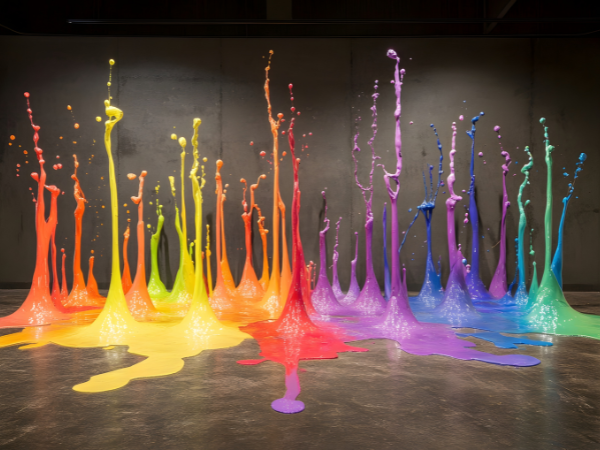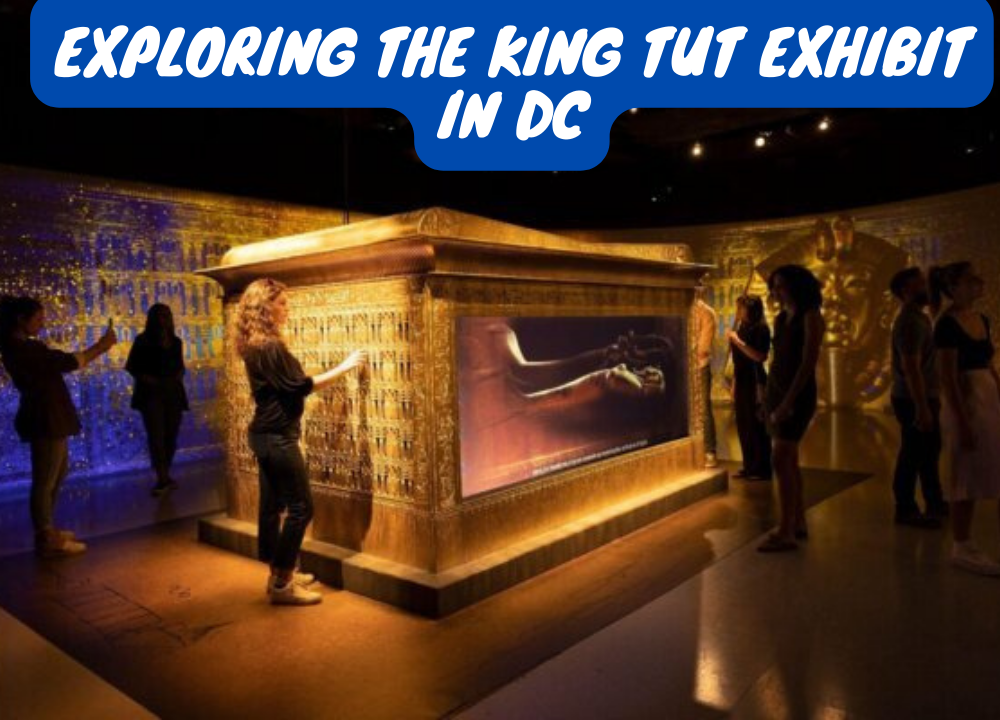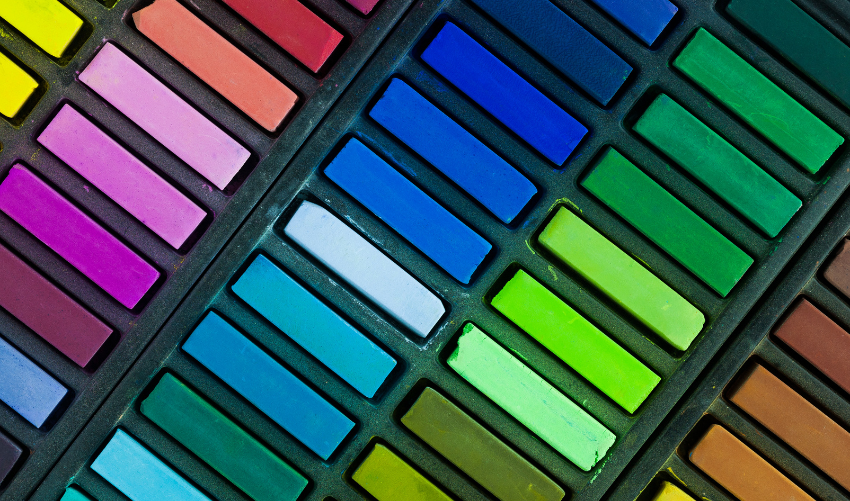Form in art refers to the shape and structure of objects. It plays a key role in how we perceive and interpret artwork.
Understanding form helps us appreciate art more deeply. Artists use form to express ideas and emotions. It can be seen in various ways, such as in sculptures, paintings, and even photographs. Form can be simple, like a circle, or complex, like a detailed statue.
Each form can tell a story or convey a feeling. By exploring the concept of form, we can discover how artists communicate with us. This journey from shape to structure opens doors to new insights. Let’s dive into the world of form in art and see how it shapes our experience.
Concept Of Form
Form in art refers to the shape and structure of an object. It is a crucial element that helps define the overall aesthetic of a piece. Understanding the concept of form allows artists to express ideas and emotions clearly. The concept of form goes beyond mere shapes; it includes three-dimensional structures and how these interact with space. Artists use form to create depth, movement, and perspective in their work. This can make a piece more engaging and thought-provoking.
Form In Visual Arts
Form plays a vital role in visual arts. It helps to define the physical characteristics of artwork. Artists manipulate form to convey different meanings. Here are some key aspects of form in visual arts:
- Shape: The outline of an object. It can be geometric or organic.
- Volume: The space an object occupies. It adds depth.
- Mass: The weight and density of an object. It influences perception.
- Texture: The surface quality. It can be smooth, rough, or patterned.
Different types of form include:
| Type of Form | Description |
|---|---|
| Geometric | Shapes like squares, circles, and triangles. |
| Organic | Shapes found in nature. They are free-flowing and irregular. |
| Abstract | Non-representational shapes. They focus on form rather than content. |
Artists often blend these types to enhance their work. Understanding form allows viewers to appreciate the intention behind the art.
The Role Of Form
The role of form in art is significant. It affects how viewers perceive and engage with a piece. Form influences the emotional response of the audience. Artists use form to guide the eye and create focal points. Here are some important functions of form:
- Creating Focal Points: Draws attention to specific areas.
- Establishing Depth: Adds three-dimensionality to two-dimensional works.
- Expressing Emotion: Different forms can evoke different feelings.
- Building Composition: Shapes help structure the artwork.
In sculpture, form is even more crucial. It defines the physicality of the work. Artists consider how the form interacts with light and shadow. This interaction can change how we perceive the piece. Understanding the role of form enriches the viewing experience. It opens up deeper interpretations of the artwork.
Elements Of Form
Form in art refers to the way shapes and structures come together to create a visual experience. It includes elements like shapes, lines, textures, and colors. Understanding these elements helps viewers appreciate art better. Each element contributes to the overall feeling and meaning of the artwork.
Shapes And Lines
Shapes and lines are foundational elements of form. Shapes can be geometric or organic. Geometric shapes include circles, squares, and triangles. Organic shapes are irregular and often found in nature.
Lines also play a crucial role. They can be straight, curved, thick, or thin. Lines guide the viewer’s eye and create movement. They can convey emotions, such as tension or calmness.
Here are some key points about shapes and lines:
- Geometric Shapes: Precise and often symmetrical.
- Organic Shapes: Freeform and more fluid.
- Types of Lines: Horizontal, vertical, diagonal, and curved.
- Line Weight: Thick lines suggest strength; thin lines imply delicacy.
Below is a simple table that summarizes the types of shapes and their characteristics:
| Type of Shape | Characteristics |
|---|---|
| Geometric | Regular, predictable, often used in design. |
| Organic | Irregular, dynamic, mimicking forms in nature. |
Textures And Colors
Textures and colors add depth and emotion to form. Texture refers to the surface quality of an object. It can be smooth, rough, soft, or hard. Artists create texture through techniques like painting, sculpting, or collage.
Colors influence how we feel about the artwork. Warm colors, like red and yellow, evoke energy. Cool colors, like blue and green, suggest calmness. Color theory helps artists choose combinations that work well together.
Here are some important aspects of texture and color:
- Texture Types: Actual (real) and implied (visual).
- Warm Colors: Red, orange, yellow.
- Cool Colors: Blue, green, purple.
- Color Harmony: Complementary, analogous, and triadic schemes.
The table below shows how texture and color work together:
| Texture | Color Impact |
|---|---|
| Smooth | Softens the overall look, often calming. |
| Rough | Adds energy and vibrancy to the piece. |
Types Of Form
Form in art refers to the shape and structure of objects. It is how artists create and organize space. Understanding types of form helps viewers appreciate art more deeply. Different forms convey various emotions and ideas. They can be geometric or organic. Artists use these forms to express their vision and connect with the audience.
Geometric Vs. Organic
Forms in art can be divided into two main categories: geometric and organic. Each type has unique characteristics.
Geometric forms consist of clear, defined shapes. These include circles, squares, and triangles. They often create a sense of order and stability. Geometric forms are commonly used in architecture and modern art. They are precise and can be easily measured.
Organic forms are more fluid and natural. They resemble shapes found in nature, like flowers, trees, and animals. These forms evoke feelings of movement and life. Artists often use organic forms to capture emotions and spontaneity.
Here’s a quick comparison:
| Aspect | Geometric Forms | Organic Forms |
|---|---|---|
| Shape | Defined and exact | Fluid and irregular |
| Emotion | Stability and order | Movement and life |
| Use in Art | Architecture, Modern Art | Nature, Abstract Art |
Both geometric and organic forms play crucial roles in art. Artists choose between them based on their message and style. Understanding these types enhances appreciation of their work.
Three-dimensional Forms
Three-dimensional forms add depth to art. They create a sense of volume and space. Unlike flat, two-dimensional shapes, 3D forms can be seen from multiple angles.
Examples of three-dimensional forms include:
- Cubes
- Spheres
- Cylinders
- Pyramids
These forms are common in sculpture, architecture, and installation art. Artists use various materials like clay, metal, and wood to create 3D forms. Light and shadow enhance their visual impact, emphasizing depth.
Three-dimensional forms can be categorized into two types:
- Architectural Forms: Buildings and structures designed for human use.
- Abstract Forms: Sculptures that may not represent real objects but convey ideas.
Understanding three-dimensional forms enriches the viewing experience. They invite viewers to walk around and explore. This interaction creates a deeper connection with the artwork.
Form In Different Mediums
Form in art refers to the way shapes and structures come together. It helps to create a visual language that communicates feelings and ideas. Different mediums offer unique ways to express form. Each medium has its own techniques and characteristics. Understanding form in various art forms deepens appreciation and enhances creativity.
Painting And Drawing
In painting and drawing, form is often created through the use of shape, color, and light. Artists manipulate these elements to represent three-dimensional objects on a two-dimensional surface. This process involves various techniques:
- Line: Defines shapes and outlines.
- Color: Creates depth and dimension.
- Shading: Adds volume and perspective.
Common techniques include:
- Foreshortening: Making objects appear shorter to create depth.
- Chiaroscuro: Using strong contrasts between light and dark.
- Perspective: Creating an illusion of space.
Table below shows how different elements affect form in paintings:
| Element | Effect on Form |
|---|---|
| Line | Defines edges and shapes |
| Color | Creates mood and depth |
| Texture | Adds realism and interest |
Artists like Vincent van Gogh and Pablo Picasso used these techniques to create dynamic forms. Their works show how form can evoke emotion and tell stories.
Sculpture And Installation
Sculpture and installation art focus on three-dimensional forms. These mediums allow artists to work with physical space. Materials like clay, metal, and wood shape the artwork. Artists can manipulate form in various ways:
- Additive process: Adding material to create form.
- Subtractive process: Removing material to reveal form.
- Assemblage: Combining different objects to create new forms.
Different techniques include:
- Modeling: Shaping materials by hand.
- Carving: Cutting away material to create form.
- Casting: Pouring liquid material into a mold.
The table below highlights common materials used in sculpture:
| Material | Common Use |
|---|---|
| Clay | Modeling and pottery |
| Stone | Carving statues |
| Metal | Creating durable sculptures |
Artists like Henry Moore and Louise Bourgeois push boundaries of form. Their work encourages viewers to engage with space and materials.
Cultural Perspectives On Form
Form in art is more than just shape. It includes the structure, space, and cultural meanings behind those shapes. Different cultures view form in unique ways. These perspectives shape how we understand and appreciate art. This section explores how Western and Eastern traditions perceive form in art. Each tradition has its own history and values that influence artistic expression.
Western Art Traditions
Western art has a long history of focusing on form. Artists often emphasize realistic shapes and structures. This tradition began with the ancient Greeks and Romans. They valued proportion, symmetry, and balance. These elements create harmony in art.
Key features of Western art include:
- Realism: Representing subjects as they appear in real life.
- Perspective: Creating depth and dimension on a flat surface.
- Proportion: The relationship between different parts of an artwork.
- Composition: The arrangement of elements within the artwork.
Throughout history, movements like Renaissance and Baroque stressed these principles. Artists like Leonardo da Vinci and Michelangelo created works that showcase perfect form. The table below shows some key movements in Western art.
| Art Movement | Key Characteristics | Famous Artists |
|---|---|---|
| Renaissance | Focus on humanism, realism, and classical themes | Leonardo da Vinci, Michelangelo |
| Baroque | Emphasis on drama, movement, and emotion | Caravaggio, Rembrandt |
| Impressionism | Focus on light, color, and everyday scenes | Monet, Renoir |
Eastern Art Influences
Eastern art presents a different view of form. Artists often focus on symbolism and spirituality. Form is not just about physical shape. It conveys deeper meanings and emotions. Cultures in Asia, like China and Japan, emphasize harmony with nature.
Key aspects of Eastern art include:
- Symbolism: Using forms to represent ideas and beliefs.
- Minimalism: Focusing on simplicity and essential elements.
- Nature: Integrating natural elements into art.
- Spirituality: Reflecting spiritual beliefs through artistic expression.
In traditional Chinese painting, artists use brush strokes to convey emotion. Japanese art, like sumi-e, focuses on simplicity. The table below highlights important styles in Eastern art.
| Art Style | Key Characteristics | Notable Artists |
|---|---|---|
| Chinese Ink Painting | Brush techniques, nature themes, and symbolism | Wu Daozi, Zhang Daqian |
| Sumi-e | Black ink, minimalism, and spiritual themes | Hokusai, Sesshū Tōyō |
| Japanese Woodblock Printing | Colorful prints, detailed landscapes, and everyday life | Utagawa Hiroshige, Katsushika Hokusai |
Conclusion
Form in art shapes our understanding and appreciation of creativity. It connects different elements, such as line, shape, and space. Artists use form to convey emotions and ideas. Recognizing form enhances our viewing experience. Whether in painting, sculpture, or photography, form plays a vital role.
This knowledge deepens our connection to art. Explore different forms in your own creative journey. Embrace the unique structures that inspire you. Understanding form enriches both artists and viewers. Enjoy the beauty that form brings to the world of art.




